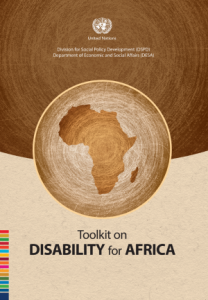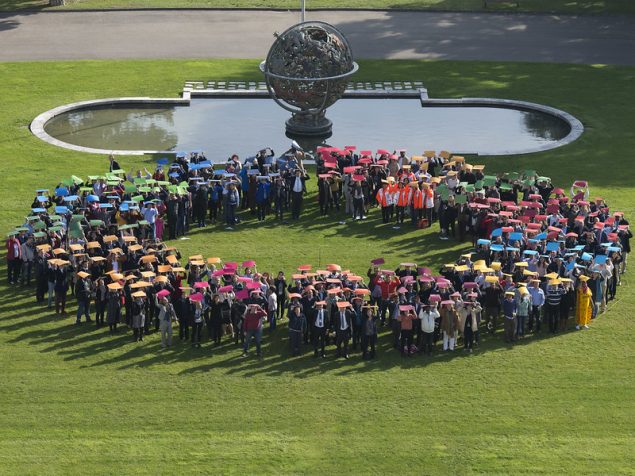 Overview
Overview
Currently, it is estimated that 15% of the population worldwide or some 1 billion individuals live with one or more disabling conditions. More than 46 per cent of older persons – those aged 60 years and over—have disabilities and more than 250 million older people experience moderate to severe disability. Looking ahead, the global trends in ageing populations and the higher risk of disability in older people are likely to lead to further increases in the population affected by disability. According to data from World Population Prospects: the 2015 Revision (United Nations, 2015), the number of older persons has increased substantially in recent years in most countries and regions, and that growth is projected to accelerate in the coming decades. Between 2015 and 2030, the number of people in the world aged 60 years or over is projected to grow by 56 per cent, from 901 million to 1.4 billion, and by 2050, the global population of older persons is projected to reach nearly 2.1 billion. Furthermore, the higher disability rates among older persons, as a result of an accumulation of health risks across a lifespan of disease, injury, and chronic illness contributes to the higher disability rates among older people, urges countries to review and further explore the complementarities between the discourses on ageing and on disability.
Around the world, persons with disabilities face a number of obstacles including attitudinal, environmental and institutional barriers preventing their full and equal participation in all aspects of life. Often older persons with disabilities are among the most adversely affected, facing further age barriers in society.
The CRPD: A framework for action
The Convention on the Rights of Persons with Disabilities (CRPD) sets out the legal obligations of States to promote and protect the rights of persons with disabilities in, society and development. It contains a number of articles which highlight the cross-sectionalities of ageing and disability. For instance article 9 [accessibility], article 19 [living independently and being included in the community], article 20 [personal mobility] and article 25 [health] are just a few examples of how the Convention provides a concrete framework for action which may be of particular interest to the discussions on disability and ageing.
2030 Agenda: Leaving no one behind
Promoting and protecting the rights and dignity of older persons and facilitating their full participation in society is an integral part of the pursuit of the 2030 Agenda for Sustainable Development which pledges that no one will be left behind.
The Sustainable Development Goals (SDGs) of the 2030 Agenda make explicit references to older persons and persons with disability with regards to ending poverty, good health and well-being, decent work and economic growth, and sustainable cities and communities, as sustainable development will not be achieved without the conscious and intentional inclusion of the increasing number of older people with and without disabilities. It provides a critical platform for countries to address the cross-sectionalities of ageing and disability at global level, yet the opportunities and challenges have to be fully explored, understood and incorporated in national social and development programmes and policies.
As life expectancy in general increases, persons with disabilities who survive into old age can also be expected to contribute to the overall growth in the population of older persons with disabilities. This highlights the need for countries to take a longer-term approach to investment in the planning, design and construction of their community to ensure environmental inclusiveness and accessibility in moving towards the goal of creating a society which meets the needs and capacities of all users. It demonstrates a clear need to start articulating policies and programmes with regard to ageing which takes in to consideration the cross-sectionalities between ageing and disability and how society can ensure programmes and facilities designed to meet the needs of an ageing population are also successful in meeting the needs of older persons with disabilities. The overarching policy considerations should be deliberated and further explored in the context of the global trend of ageing population and disability-inclusive development.
References and resources
- UN Focal Point on Ageing
- Issues of Disability and Ageing, NGO Committee on Ageing
- Leave No-One Behind: Ageing, Gender and the SDGs, UNDP
- Ageing in the Twenty-First Century: A Celebration and A Challenge, UNFPA and HelpAge International
- World Population Ageing 2015, United Nations, DESA Population Division
- The Global Strategy and Action Plan on Ageing and Health, World Health Organization




